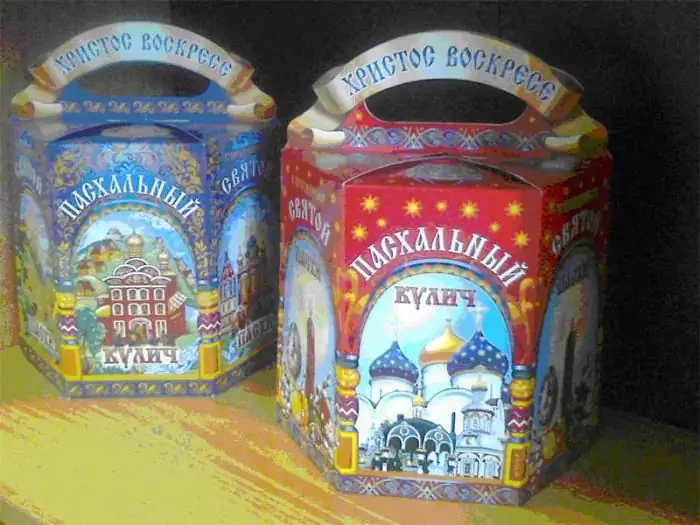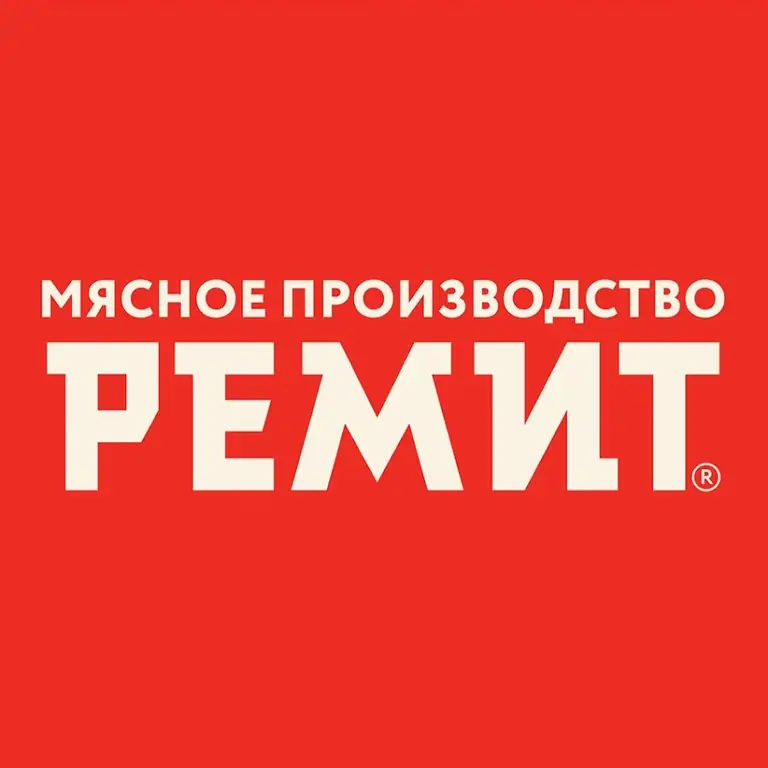2026 Author: Howard Calhoun | [email protected]. Last modified: 2025-01-24 13:10:39
Izhevsk Machine-Building Plant (Izhevsk, Udmurt Republic) - since 2013, the head enterprise of the Kalashnikov concern. Founded at the beginning of the 19th century, it is the largest manufacturer of military, sports, civilian firearms and pneumatic weapons in the Russian Federation. Over the years, motorcycles, cars, machine tools, tools, artillery weapons were produced here. Today, the assortment is supplemented with boats, UAVs (“drones”), combat robots, guided missiles, projectiles and other high-tech products.

Description
JSC "Izhevsk Machine-Building Plant" develops and manufactures a wide range of civilian and military weapons. The share in the domestic market is about 95%, which makes it the largest arms manufacturer inRussia. The main products are:
- Rifles (assault, special purpose, sniper).
- AK series assault rifles.
- Pistols.
- Hunting rifles, carbines.
- Pneumatic sporting guns.
As of 2017, 51% of the shares are owned by the Rostec concern, and 49% are in the hands of private investors. Products of the Kalashnikov concern are produced under the brands Baikal (civilian weapons), Kalashnikov (products for the military) and Izhmash (sporting rifles).

Foundation
Izhevsk Machine-Building Plant was founded by mining engineer A. F. Deryabin by order of Alexander I on June 10, 1807. Emelyanovich, Dudini and Deryabin himself worked on the architectural project. Arms production is located on the banks of the Izh River. The location was chosen mainly because of the proximity of ironworks, which allowed solving logistical problems with the supply of raw materials.
Deryabin hired foreign specialists to guide Russian masters. The first weapons were No. 15 muskets of caliber 17.7 mm, issued in the autumn of 1807. The following year, the factory workers supplied the Russian Imperial Army with more than 6,000 flints. In 1809, in addition to muskets, rifles and carbines were added to the arsenal. The company also produced pistols, care products and accessories.
Patriotic War
The Napoleonic invasion led to an increase in the capacity of the Izhevsk Machine-Building Plant. Kutuzov's army needed a lot of weapons. The main ones were flintlock shotguns. Also supplied to the troops:
- blunderbusses that were loaded with buckshot;
- Horse Guards, Lancers, Chasseurs Fittings;
- rifle guns;
- dragoon muskets;
- hussar, cuirassier carbines;
- cold piercing and cutting weapons (pikes, halberds, sabers, cleavers, broadswords).
In 1811-1816, ten stone buildings were built, several wooden structures. By 1817, the construction of the main building, towering above the rest, was completed. It had 4 floors and was one of the first multi-storey industrial buildings in Russia. The production process was multi-layered, starting with rough preparatory work (on the lower floors) and ending with the assembly of weapons (on the upper floors).

Troubled 19th century
In 1825, a capacious Arsenal was built, in which products were stored. Starting from the 1830s, the Izhevsk Machine-Building Plant produced fittings designed by I. V. Hartung, Falis fortress guns, and special boarding guns for the B altic Fleet. In 1835, the production of sabers and spears was transferred to Zlatoust.
During the Crimean War, Izhevsk supplied Russian troops with 130,000 rifles, a third of them rifled. Over half a century of work, gunsmiths have produced more than 670,000 muskets and flintlock pistols, 220,000 capsule guns, 58,000 rifled rifles, countless edged weapons.
Reorganization
In 1867 Izhevskythe machine-building plant was leased to private individuals. One of the managers was Ludwig Nobel. The enterprise was modernized, equipped with steam engines, new machines and an open-hearth furnace. This made it possible to produce more advanced weapons for the Russian Imperial Army: Krnka and Berdan type rifles.
In 1874, the plant organized its own steel production. Izhevsk metal was willingly acquired by the gunsmiths of Tula, Sestroretsk, Zlatoust and other factories. In 1885, the enterprise launched the production of hunting weapons and tools. In 1891, mass production of the famous Mosin-Nagant rifle began. By the end of the 19th century, electric generators began to be used in production. Until the end of the century, IMZ remained the only Russian enterprise that produced firearms for all branches of the Russian army. Thanks to the plant, Izhevsk has become a major industrial center of Russia.

Time for change
During the First World War, the Izhevsk Machine-Building Plant (Izhevsk) supplied the imperial troops with more than 1.4 million new rifles and approximately 188,000 shells. On the eve of the revolution, IMZ held a leading position in the Russian defense industry. By 1917, about 34,000 people worked in the shops.
After the formation of the Soviet Union in 1922, great changes took place at the enterprise. A legendary design bureau was created, a separate production of hunting rifles was launched, and a submachine gun designed by V. G. Fedorov was developed. In 1930A new open-hearth furnace was put into operation, and its own production of motor vehicles and machine tools was launched. Four years later, the Izhevsk CHPP, the first in Udmurtia, was launched.
Introduced in the 30s:
- Modified "three-line" Mosin (1891/1930).
- Sniper rifles.
- “Self-loading” by F. V. Tokarev.
- Automatic rifles designed by S. G. Simonov model ABC-36.
- Antitank rifles.
- Air guns, machine guns.
In 1929, in Izhevsk, under the guidance of a talented engineer P. V. Mozharov, motorcycles were designed and manufactured: Izh-1, Izh-2, Izh-3, Izh-4, Izh-5. They took part in the 2nd All-Union motorcycle run along the route Moscow - Leningrad - Kharkov - Moscow, which started on September 25, 1929, and successfully passed the test. Since that time, in Izhevsk, excluding the years of the Great Patriotic War, the production of motor vehicles began. The legal successor of the business started by P. V. Mozharov was the motorcycle production of Izhmash, which produced more than 10,700,000 motorcycles during its existence.

World War II
During the Second World War, Plant No. 74 (the symbol of the enterprise) became the main manufacturer of firearms for the Soviet Armed Forces. The basis of the products of the Izhevsk Machine-Building Plant in this desperate period was:
- Anti-tank guns, both Degtyarev and Simonov systems.
- Rifles, carbines (since 1944).
- Nagant revolvers, pistolsTT.
- New aircraft guns designed by M. E. Berezin.
- Airguns 37-mm model 1942.
- 120mm mortar rounds.
In addition to finished products, the factory workers supplied barrels for various types of weapons to other arms enterprises. In total, the plant produced 11.45 million rifles and carbines, which exceeded all production volumes of German firearms (10.3 million). The enterprise also produced more than 15,000 aircraft guns and 130,000 anti-tank weapons.

Guarding the Peace
In 1947, M. T. Kalashnikov, with the assistance of a group of German gunsmiths led by Hugo Schmeiser, created his own AK-47 assault rifle. It became the main one in the Soviet army and the most popular all over the world. AK-47 glorified the plant, gave a new impetus to the military industry. Kalashnikov later developed improved assault rifles (AKMS, AK-74 and others), light machine guns (RPK). Among the later developments of the master is the Bizon submachine gun.
Also, the factory design bureau designed a whole family of hunting rifles based on the Mosin-Nagant rifle and AK-based carbines. Izhmash's sports weapons helped the Soviet Union's team repeatedly win shooting competitions at the European Championships, the World Championships and the Summer Olympics.
In 1963, E. F. Dragunov designed a very successful model of a semi-automatic sniper rifle called the SVD. Later, she "overgrown" with many modifications and improvements. In 1998 for special forcessmall-caliber "sniper" SV-99 was developed. It is impossible not to mention the modern machine gun G. N. Nikonov "Abakan", which has excellent accuracy of fire.
Today, Izhmash continues to be the leading domestic supplier of various types of weapons. After the reorganization of 2013, production received a new impetus in development. Address of the Izhevsk Machine-Building Plant: 426006, Russian Federation, Udmurtia, Izhevsk, Deryabina passage, 3.
Recommended:
Arzamas Engineering Plant: history, description, products

JSC "Arzamas Machine-Building Plant" (AMZ) occupies a unique position among all enterprises of the defense sector of the country. This is the only large-scale production of wheeled armored personnel carriers of all stripes in the Russian Federation. Its workshops produce both the legendary BTR-80, which is the shield and sword of motorized rifle units, and ultra-modern armored off-road vehicles of the Tiger class. In general, the model range includes dozens of modifications of the most diverse military and fire vehicles
Votkinsk Engineering Plant: history, products, address

GPO Votkinsk Machine-Building Plant is a unique diversified enterprise producing a wide range of products. VZ is the largest manufacturer of Topol-M, Bulava, Yars missiles, which form the basis of the nuclear shield of the Russian Federation. In addition, machine tools, metal products, oil and gas equipment, various types of weapons and much more are manufactured here
Mytishchi Engineering Plant: history, products

JSC Mytishchi Machine-Building Plant is one of the oldest machine-building industries in Russia. Initially, the profile of the enterprise was the manufacture of railway cars. During the Great Patriotic War, they set up the assembly of self-propelled guns, and after its completion - unique tracked chassis for special equipment and anti-aircraft installations. At the same time, dump trucks, tow trucks, bunker carriers, rolling stock for the metro were produced
Factory of bakery products "Dedovskiy Khleb": history, products, address

Dedovskiy Khleb bakery is known in the metropolitan area as a manufacturer of high quality bakery products. Loaves, "bricks", fragrant buns, Easter cakes, cakes, waffles are in constant demand among consumers. The key to success lies in the strict observance of GOSTs and technological standards laid down back in the 80s of the last century. Products are baked on modern equipment
REMIT Meat Processing Plant LLC: feedback from customers and employees, manufactured products and quality of meat products

REMIT reviews are of interest to customers who are considering options for cooperation with this company, and employees who expect to get a well-paid and stable job. In this article, we will talk about this meat processing plant, what products it produces, whether its quality corresponds to the declared one, what its employees and partners say about the enterprise

